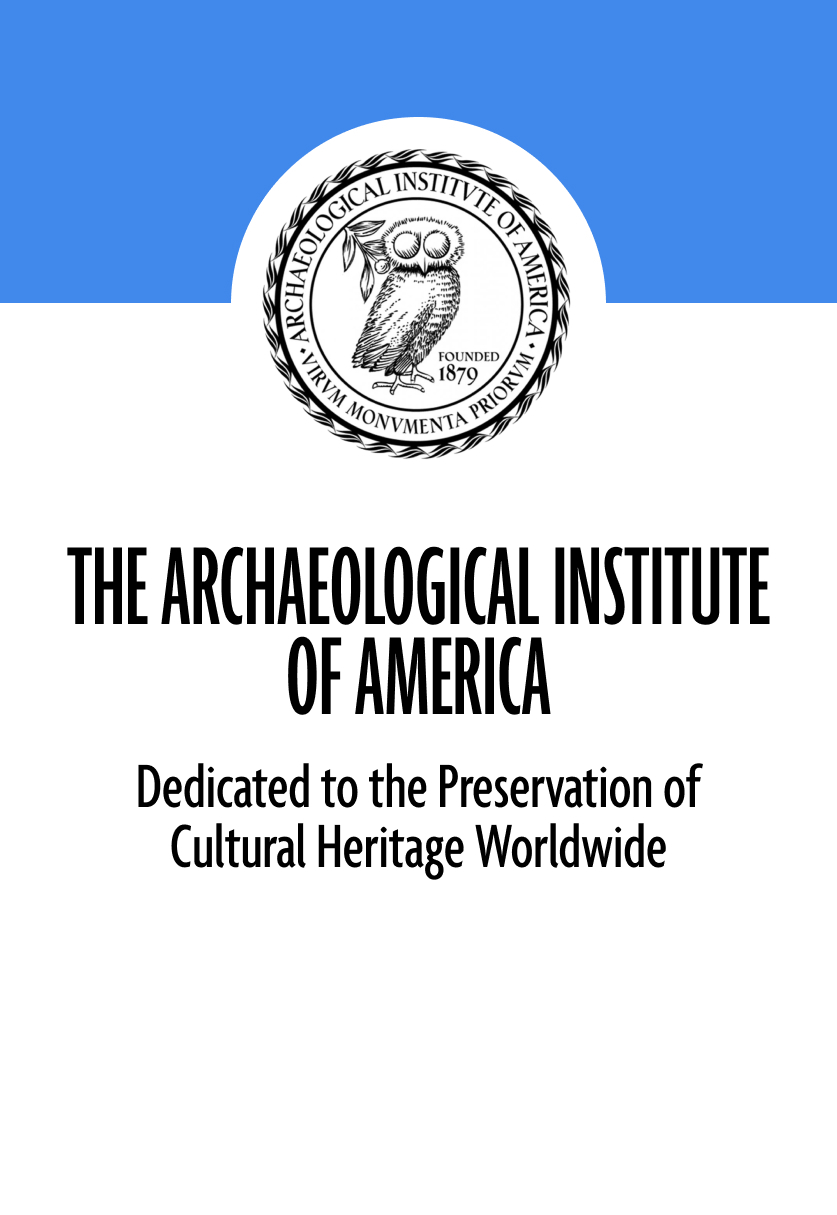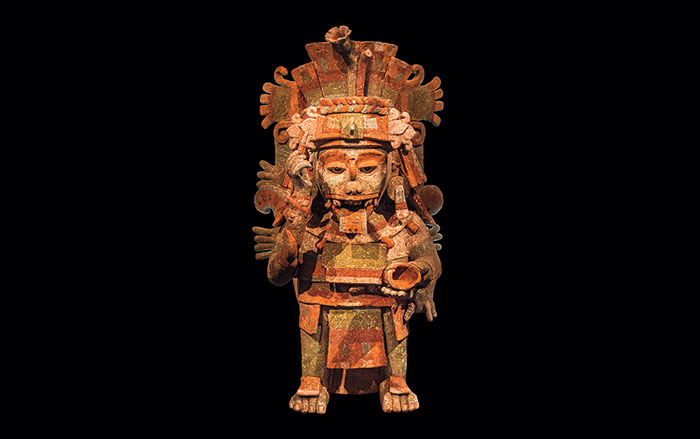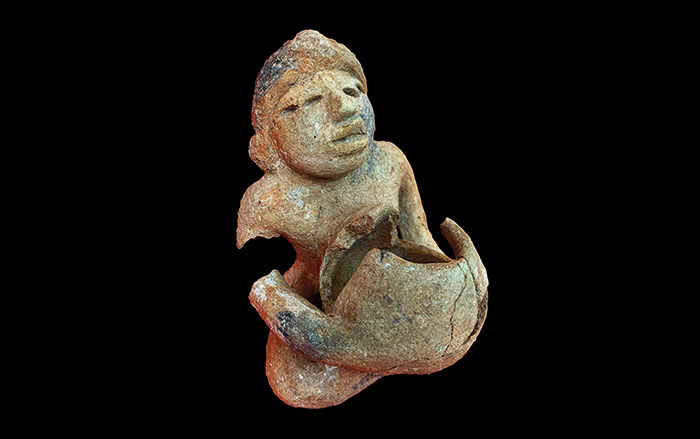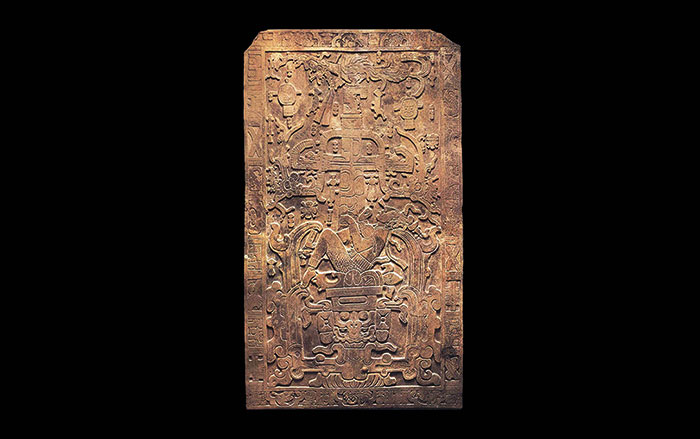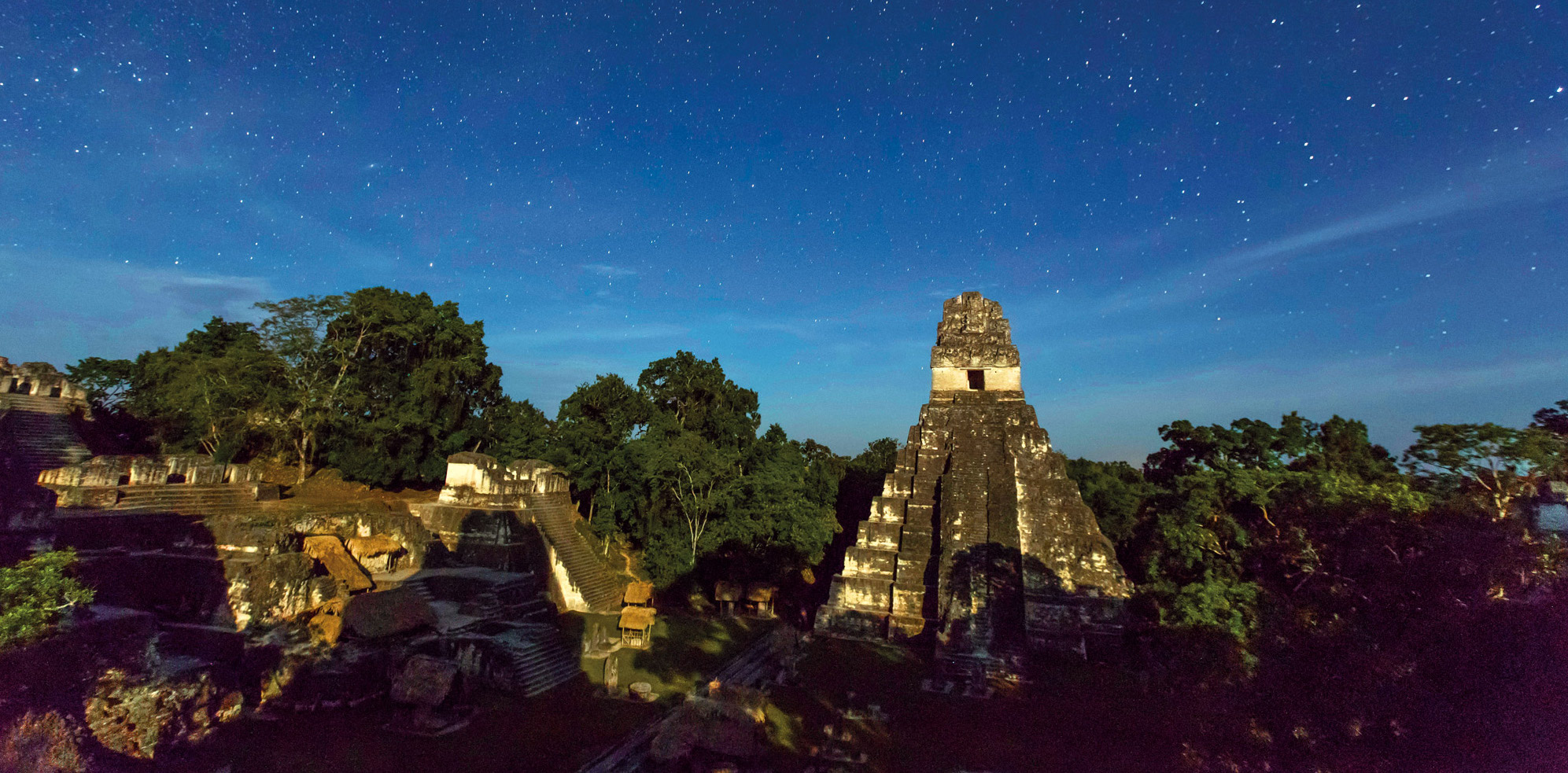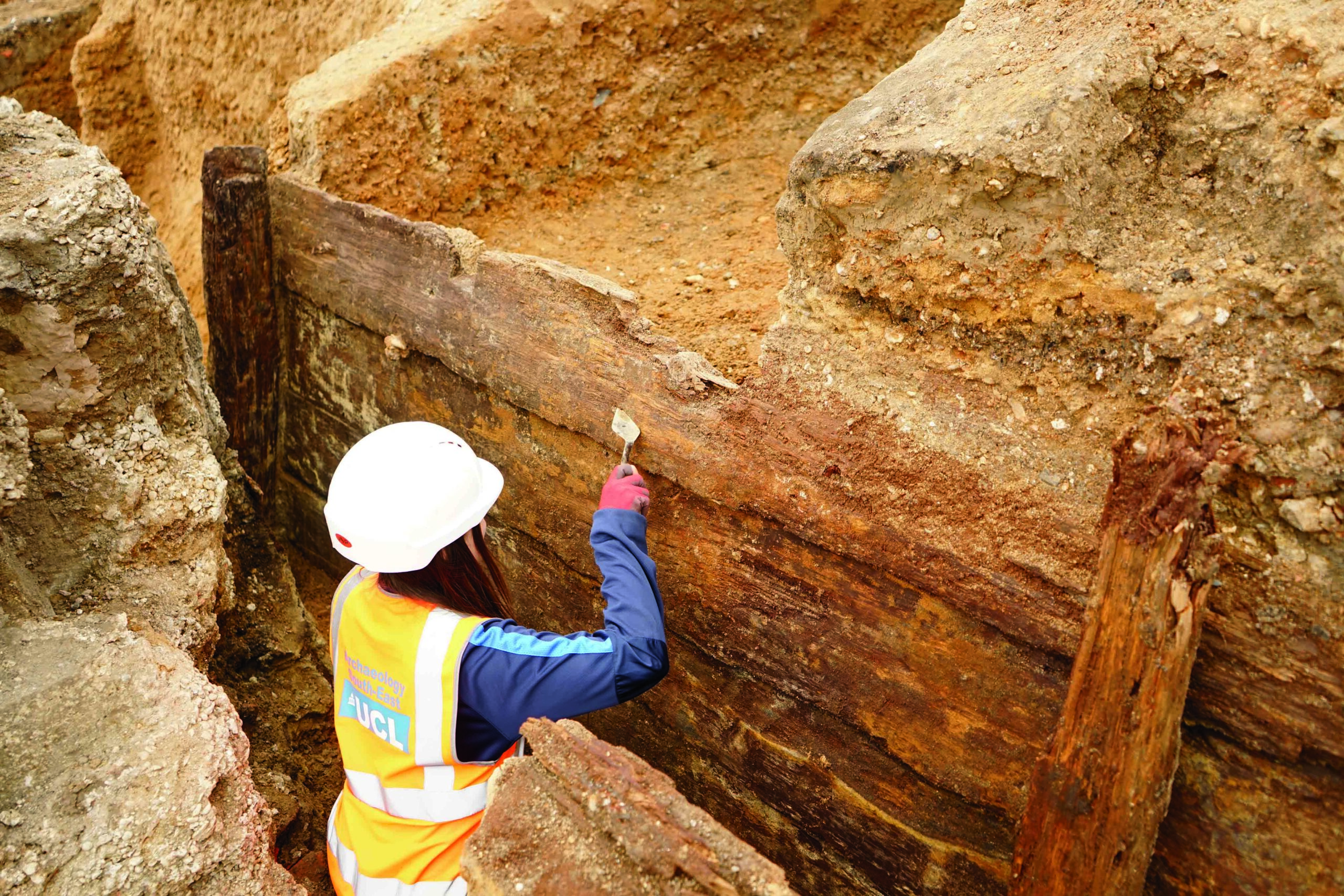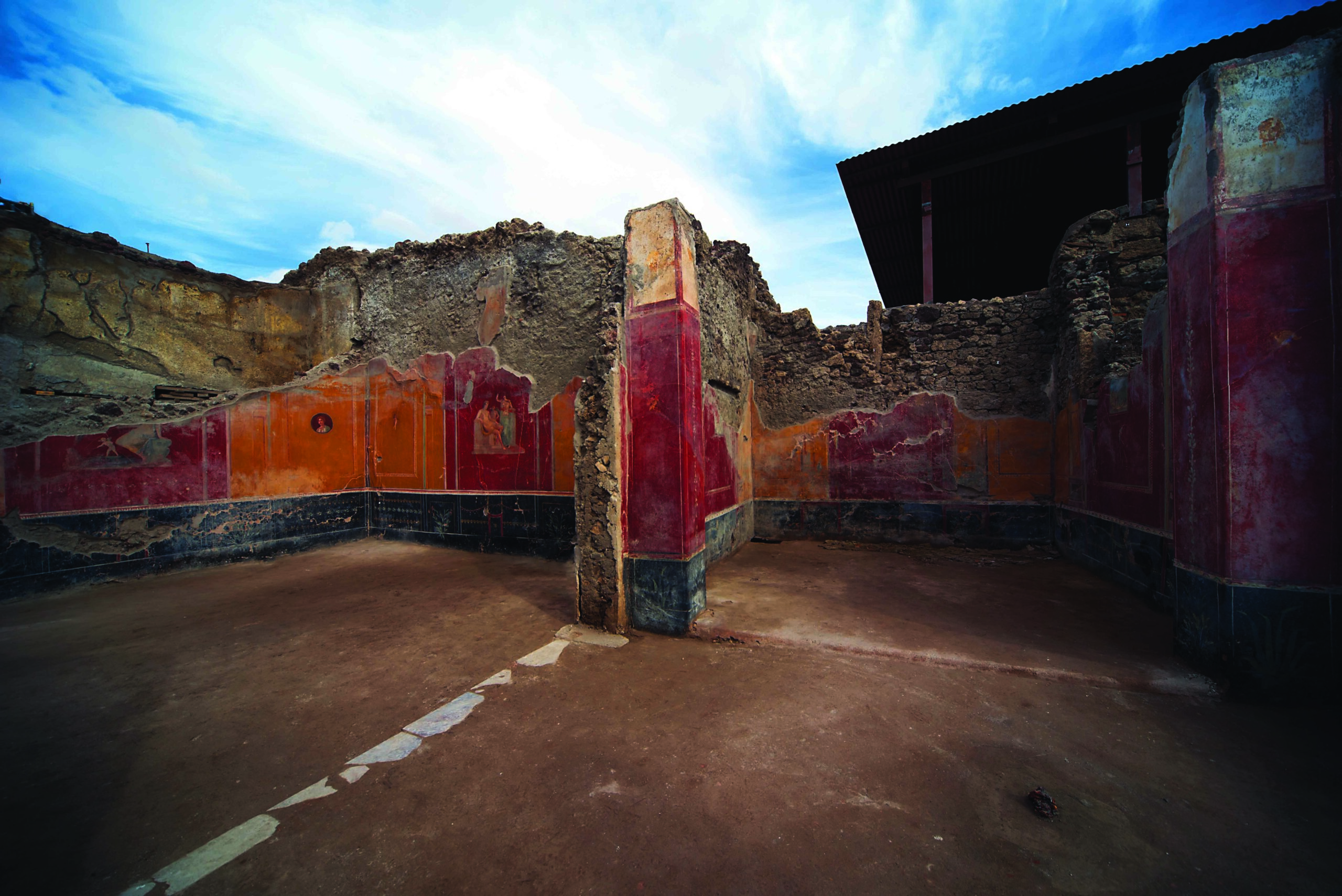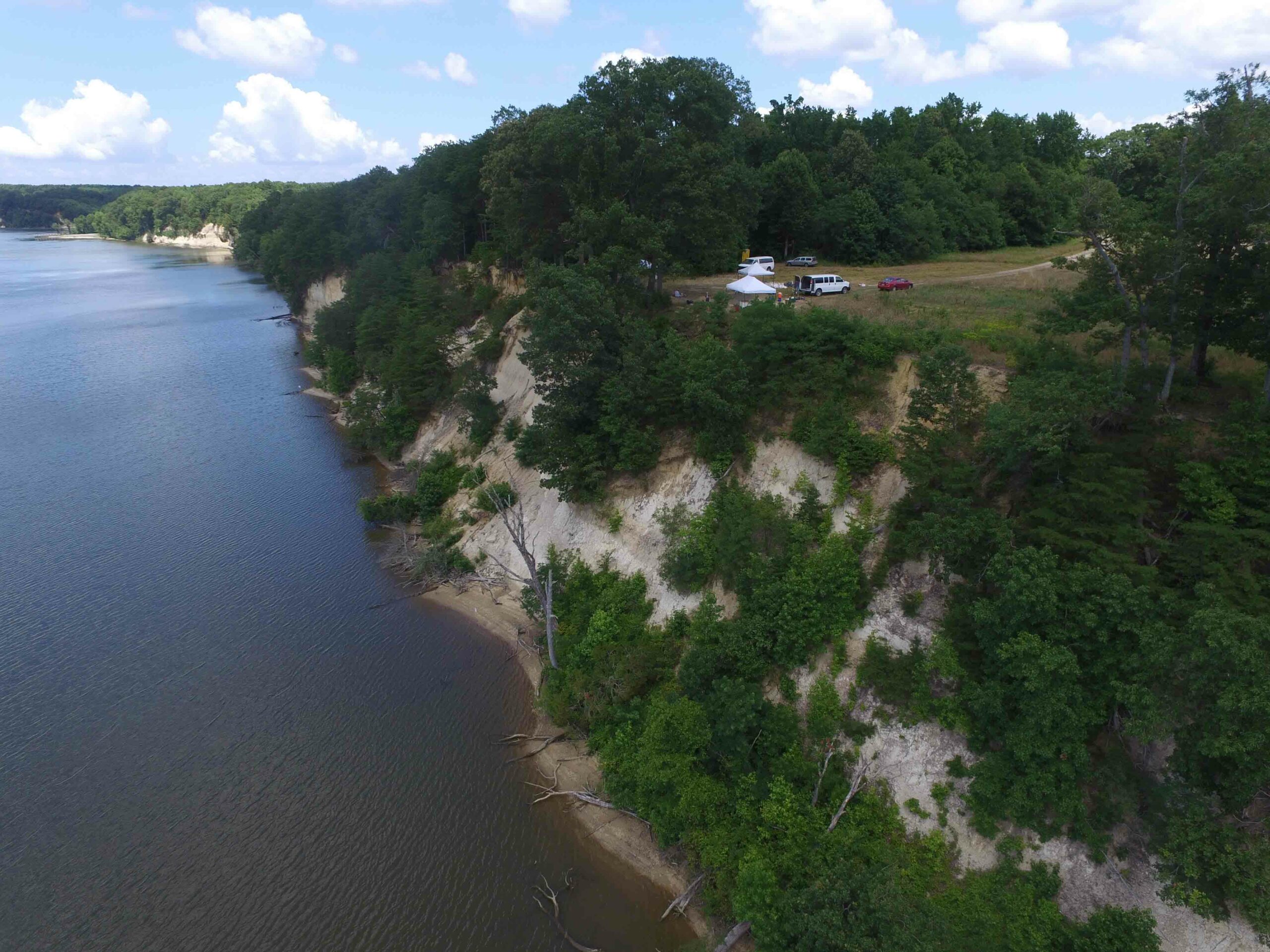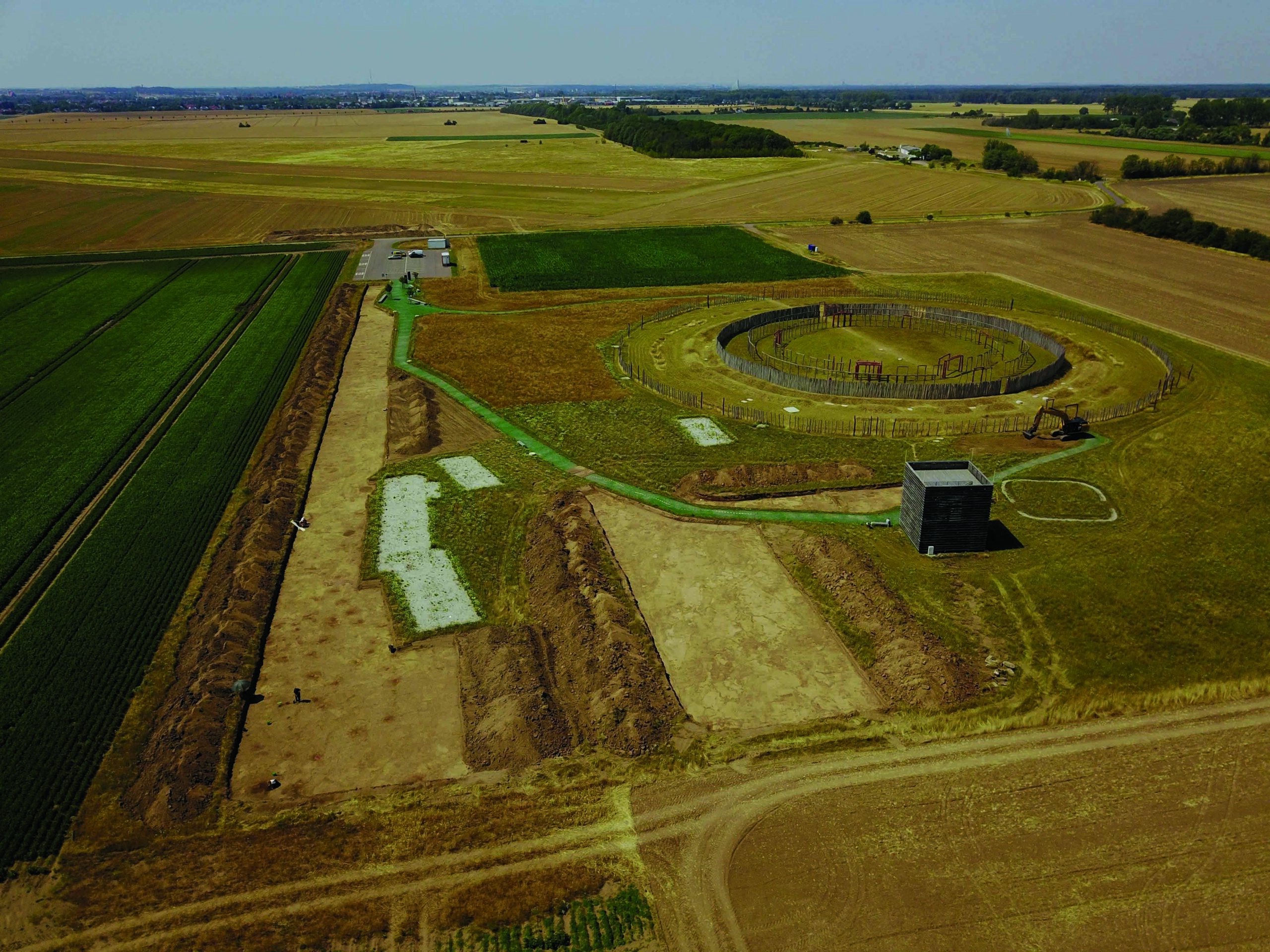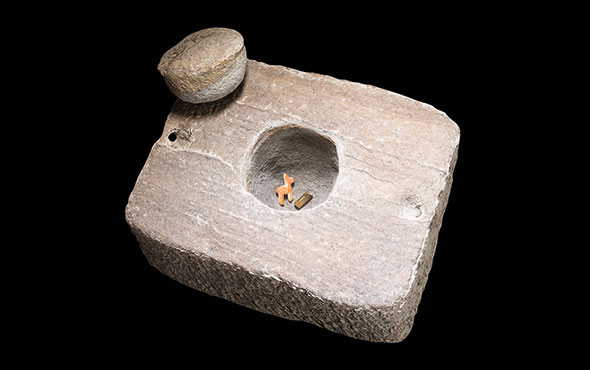
BATON ROUGE, LOUISIANA—According to a statement released by Louisiana State University, a 2,500-year-old mural at Calakmul, a Maya site located on Mexico’s Yucatan Peninsula, is the oldest-known record of salt being sold in a Maya marketplace. A person thought to be a salt vendor is shown holding what may be a salt cake wrapped in leaves, while a second person holds a spoon over a basket thought to be filled with granular salt. Archaeologist Heather McKillop of Louisiana State University said that such salt cakes could have been transported along rivers in canoes from southern Belize, where she has unearthed traces of a now submerged Maya salt kitchen site in a saltwater lagoon, along with a canoe, an oar, a jadeite tool, stone tools, and pottery. The kitchen is likely to have yielded more salt than local people could have used, she said. Analysis of the pottery indicates that the vessels used to boil the saltwater held a standardized volume, and thus produced standardized units of salt for trade or use as currency, McKillop explained. For more on Maya salt production, go to "World Roundup: Belize."
